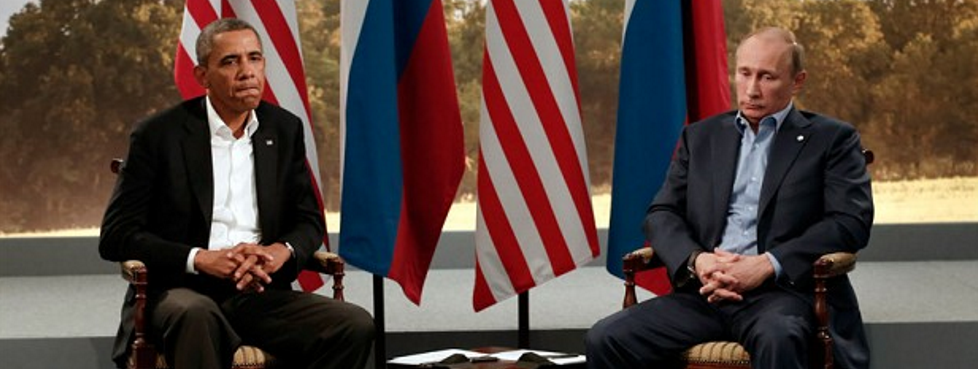Russia’s masquerade continues in Ukraine – and fools no-one
- Written by David Galbreath Professor of International Security, Editor of European Security at University of Bath

On January 24, pro-Russian rebel forces in eastern Ukraine launched missiles into Mariupol, a southern Ukrainian city south of Donetsk on the Sea of Azov. The attack killed 30 people and wounded 97, and the majority of causalities, if not all, are thought to have been civilians.
Mariupol is strategically important because it sits close to the Russian border and lies on the coast along the road to Crimea, the Ukrainian peninsula that Russian special forces occupied till the Russian government annexed it in March 2014. So far, the city has held out against pro-Russian forces – but a series of rebel successes in and around Donetsk has raised the threat.
In 2014, Ukrainian forces and Pro-Russian alternately captured and then lost control of territory and supply routes across the east of the country, and for a time, there was a clear sense that Ukrainian forces had the upper hand. But Russian troop movements across the border have changed the course of the war, and may continue to do so – to the chagrin of the government in Kiev and governments in the West.
Despite the continued denials from Moscow, Russia’s material involvement in the conflict has been obvious, evident in everything from satellite imagery to interviews with Russian soldiers in the conflict zone – and the West has displayed little patience for the charade of non-intervention.
As US President Barack Obama said on January 26:
We are deeply concerned about the latest break in the cease-fire and the aggression that these separatists – with Russian backing, Russian equipment, Russian financing, Russian training and Russian troops – are conducting.
Upping the game
Obama and his Western allies know Russia is trying to hide behind the wider world’s poor understanding of the region and the blurring of Ukrainian and Russian identities, as well as the inevitable fog of war.
The difficulty of discerning who is an “authentic rebel” and who is in fact a Russian soldier adds another layer of ambiguity to an already blurry situation. What we know from other civil wars is that fighters/insurgents often get involved “accidentally”.
Rather than thinking about broad concepts – us and them, pro-Western or pro-Russian, Kiev rule or home rule – fighters will often be acting locally: responding to the killing of friends or family, the bombing of schools, or even simply the thrill of the fight. Labelling them all as merely “pro-Russian” overwrites all of the details and specifics that might lead people in eastern Ukraine to take up arms, and conflating their intentions with those of the Kremlin (whatever they are) is a mistake.

That does not change the fact that Russian troops and supplies have made a huge impact on the rebels' performance. Under normal circumstances, the Ukrainian military would have been able to retake territory (if not fully control it) from breakaway local militias relatively easily. However, a considerable amount of sophisticated equipment has passed across the border into rebel hands.
Knowing how to use the odd bit of weaponry to a basic level is one thing, but the proficiency with which it is being used in eastern Ukraine can only be a sign of the presence of Russian forces.
Little green men
A recent BBC radio documentary detailed how this sort of semi-covert masquerade warfare has historical roots in Russia. Although Russia is far from the only country to have deployed misinformation to confuse the enemy, it has relied on the tactic on a remarkably regular basis throughout its martial history.
But the little green men – unidentified troops clad in the uniforms, weapons and tactics of the Russian Spetsnaz special forces – fooled no one in Crimea, and 24-hour news, satellite imagery, social media and activist non-governmental organisations all make this strategy more difficult to pull off than ever. That raises the question of why Russia is bothering with such a transparent act.
The answer is that the audience is not the West or Ukraine, but the Donbas region and Russia itself. Many in Donbas do not really want Russian citizenship, or to be a part of Russia: they simply want a greater say in their country and region, especially financially. We should assume that they are first and foremost fighting for themselves, rather than for Russia or Moscow, and even if their aims overlap with the Kremlin’s, they
Likewise, Russia knows it is one thing to go to the aid of “Russian brothers and sisters” but quite another to openly attack a neighbouring country, especially a Slavic neighbour that has traditionally been on good terms with the Russian Federation (unlike Georgia, for instance).
And ultimately, Russia’s masquerade has had the paradoxical effect of keeping the conflict from a dramatic explosion. The focus on the artificial debate over whether or not Russia is actually involving itself allows the West to limit its response, cutting the risk of all-out war with a nuclear armed state.
Only the Ukrainians are left in the middle, with a poorly resourced and commanded military clearly outpaced by an ever more active Russian-backed insurgency.
David Galbreath Professor of International Security, Editor of European Security at University of Bath
Cross published from The Conversation

